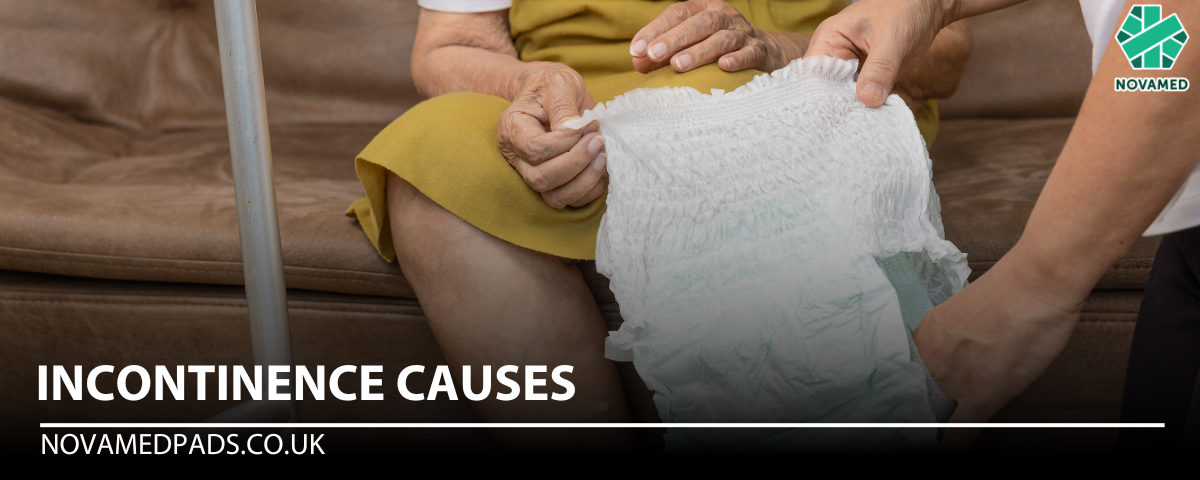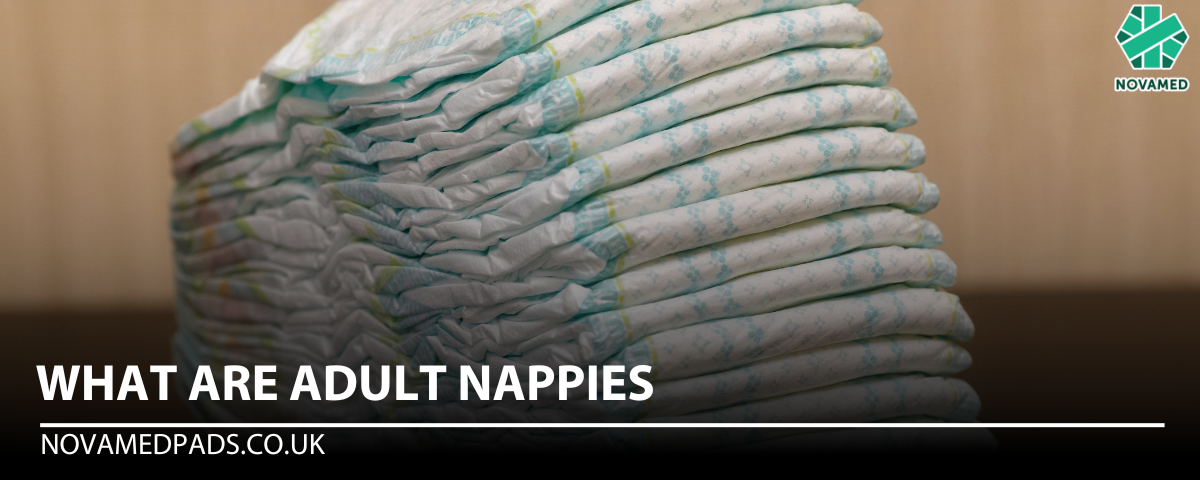
Incontinence Causes: A Comprehensive Guide
Incontinence affects millions of people worldwide, with a range of causes that can vary between individuals. Understanding the factors behind this condition is crucial in finding the right treatment. This blog will explore the common causes of incontinence and offer insight into how to manage the condition effectively.
What Causes Incontinence?
Incontinence can stem from a variety of physical and medical factors. These include:
-
Pelvic Floor Muscle Weakness: Damage or weakening of the pelvic floor muscles is a leading cause, often triggered by childbirth, ageing, chronic coughing or sneezing, obesity, and certain medical conditions. These muscles play a crucial role in bladder and bowel control.
-
Anal Sphincter Weakness: The anal sphincter muscles help control bowel movements. When these muscles are weakened, it can result in significant incontinence.
-
Tumours: Growths in the bladder, prostate, or uterus can put pressure on surrounding tissues, leading to urinary or bowel incontinence.
Weight Loss and Incontinence
Unintentional weight loss can also contribute to incontinence. Women, especially after pregnancy or during menopause, may experience significant weight changes that affect their pelvic floor strength. Additionally, men who experience fluid retention due to obesity may also develop incontinence as excess fluid impacts bladder control.
Overactive Bladder (OAB)
One of the most common causes of incontinence is Overactive Bladder (OAB), characterised by urgency, frequency, and urge incontinence. OAB occurs when the bladder muscles (detrusor muscle) contract involuntarily, leading to sudden urges to urinate. Treatments often involve bladder training and medications to manage symptoms.
Incontinence in Children
Children can experience incontinence due to a condition called enuresis, which can take different forms:
- Primary Enuresis: Bedwetting that occurs from the time a child goes to sleep until they wake up.
- Nocturnal Enuresis: Incontinence that occurs during the night.
- Diurnal Enuresis: Daytime wetting, common in children up to around 10 years old.
- Functional Enuresis: Incontinence combined with constipation or bowel problems.
Medical Conditions Contributing to Incontinence
Incontinence can also be caused by underlying medical issues such as:
- Kidney Diseases
- Bladder Disorders
- Prostate Conditions
- Vaginal or Uterine Issues (in females)
- Urethral Dysfunction
Nerve damage from conditions like diabetes, stroke, or multiple sclerosis can also impact bladder control.
Hysterectomy and Incontinence
Women who have undergone a hysterectomy may experience incontinence due to the changes in the pelvic region and the loss of uterine support, which can affect bladder function.
Treating the Root Cause of Incontinence
Addressing the primary cause of incontinence is crucial for effective treatment. For example, men with benign prostatic hyperplasia (BPH) often experience incontinence due to prostate enlargement. Once the condition resolves, especially after menopause, incontinence symptoms typically improve.
Medical Treatments and Exercises for Incontinence
In some cases, incontinence requires medical intervention, such as:
- Surgical Correction: If structural abnormalities in the urinary tract are detected, surgery may be necessary.
- Medications: Depending on the underlying cause, your doctor may recommend medication with minimal side effects.
Pelvic Floor Exercises and Biofeedback
For many patients, pelvic floor muscle exercises and biofeedback techniques are effective in managing incontinence. These exercises strengthen the pelvic muscles, improving bladder control. Biofeedback can help patients better understand the contraction and relaxation of these muscles, making it easier to manage symptoms.
Testing for Incontinence Risk
A simple test can determine your risk of developing incontinence. By lifting your hips while seated or standing, you can assess the strength of your pelvic floor. If you struggle to lift your hips, you may want to consult a healthcare provider about possible treatments, including the use of adult diapers if necessary.
Preventing Incontinence: Healthy Habits
Preventing incontinence often requires a focus on good health habits, such as:
- Maintaining a Healthy Diet: A balanced diet supports overall health and can reduce the risk of obesity-related incontinence.
- Avoiding Tobacco: Smoking can contribute to coughing, which weakens the pelvic floor.
- Preventing Constipation: Chronic constipation can strain the pelvic muscles, leading to incontinence.
- Regular Bladder Control: Going to the bathroom regularly and avoiding "holding it in" can help maintain bladder strength.
It’s important to avoid using laxatives, as they can irritate the urinary tract, leading to infections that may worsen incontinence symptoms.
Conclusion
Incontinence is a common but manageable condition. By understanding the causes and taking appropriate steps—whether through lifestyle changes, medical treatment, or pelvic floor exercises—individuals can significantly improve their symptoms and quality of life. Always consult with a healthcare provider to identify the best course of action for your unique situation.
Feel free to explore our full range of incontinence solutions here!
Bladder and bowel incontinence may be caused by conditions which can be treated medically. Please consult your physician for medical advice and guidance.




